For centuries, crocodiles have been portrayed as primitive reptiles with tiny brains and purely instinctual behaviors. These ancient predators, having survived for over 200 million years, have often been dismissed as living fossils with limited cognitive abilities. However, recent scientific research has begun to challenge this perception, revealing surprising levels of intelligence and complex behaviors that rival those of some mammals and birds. From sophisticated hunting strategies to tool use and even play behaviors, crocodiles demonstrate cognitive abilities that suggest they’re far more intelligent than we’ve given them credit for. This article explores eight fascinating crocodile behaviors that demonstrate these remarkable reptiles possess intelligence that has been historically underestimated.
Complex Cooperative Hunting Techniques
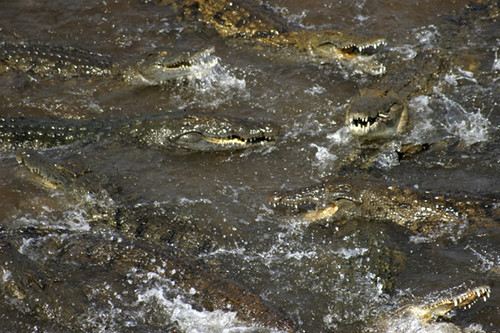
Contrary to the perception of crocodiles as solitary ambush predators, researchers have documented sophisticated cooperative hunting behaviors among certain species. Nile and saltwater crocodiles have been observed forming semicircles to trap fish in shallow waters, with individuals taking specific positions to maximize hunting success. In some instances, larger crocodiles will drive prey toward smaller members of the group positioned strategically at the water’s edge. This level of coordination requires spatial awareness and an understanding of other crocodiles’ positions and roles during the hunt. Such cooperative behavior demonstrates not just basic intelligence but the ability to participate in coordinated group activities with understood roles—a trait once thought exclusive to higher mammals.
Tool Use for Hunting and Feeding
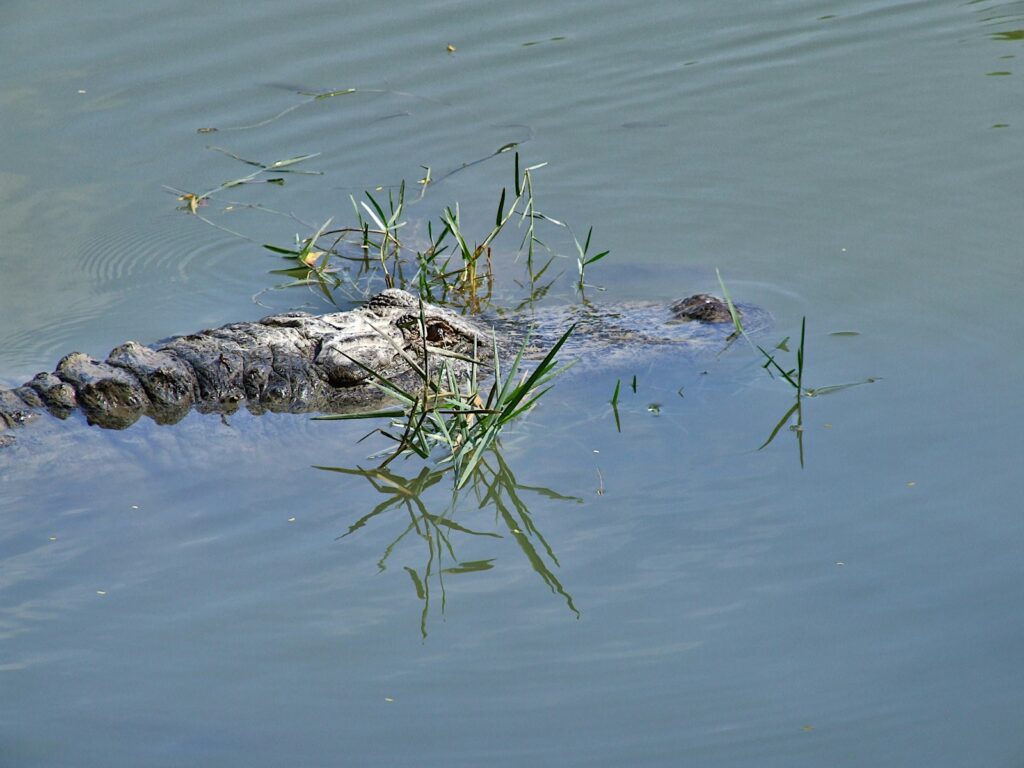
Perhaps one of the most surprising discoveries about crocodilian intelligence is their documented use of tools—a behavior once considered exclusive to primates and a few bird species. Researchers have observed mugger crocodiles and American alligators balancing sticks and branches on their snouts as lures to attract birds seeking nesting materials. This strategy is deliberately employed during birds’ breeding seasons when they are actively collecting nesting materials.
The crocodiles remain motionless with the sticks balanced perfectly on their snouts, sometimes for hours, until an unsuspecting bird approaches close enough to be captured. This deliberate use of environmental objects as hunting aids represents a sophisticated understanding of prey behavior and demonstrates planning capabilities previously unrecognized in reptiles.
Advanced Parental Care Behaviors
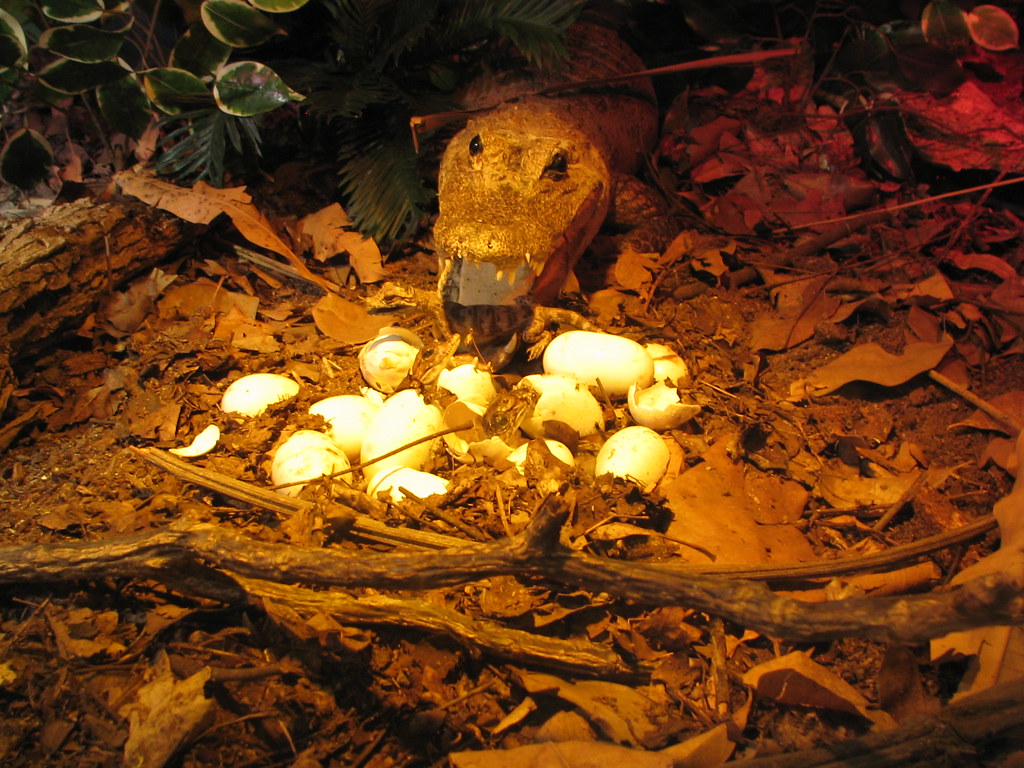
Crocodilians exhibit some of the most sophisticated parental care behaviors among reptiles, challenging the notion that complex parenting is limited to birds and mammals. Female crocodiles carefully select and construct nesting sites, often incorporating specific materials that aid in temperature regulation of the eggs.
After laying their eggs, mothers guard their nests vigilantly against predators for the entire incubation period, which can last months. Perhaps most remarkably, when the eggs begin to hatch, mothers respond to specific vocalizations from their unhatched young, carefully uncovering the nest and sometimes even helping to crack eggs open with their powerful jaws—adapted for killing prey—with incredible gentleness.
They then carry their hatchlings to water in their mouths and continue to protect them for up to two years, recognizing their offspring’s distinct calls even among dozens of other juvenile crocodiles.
Sophisticated Communication Systems
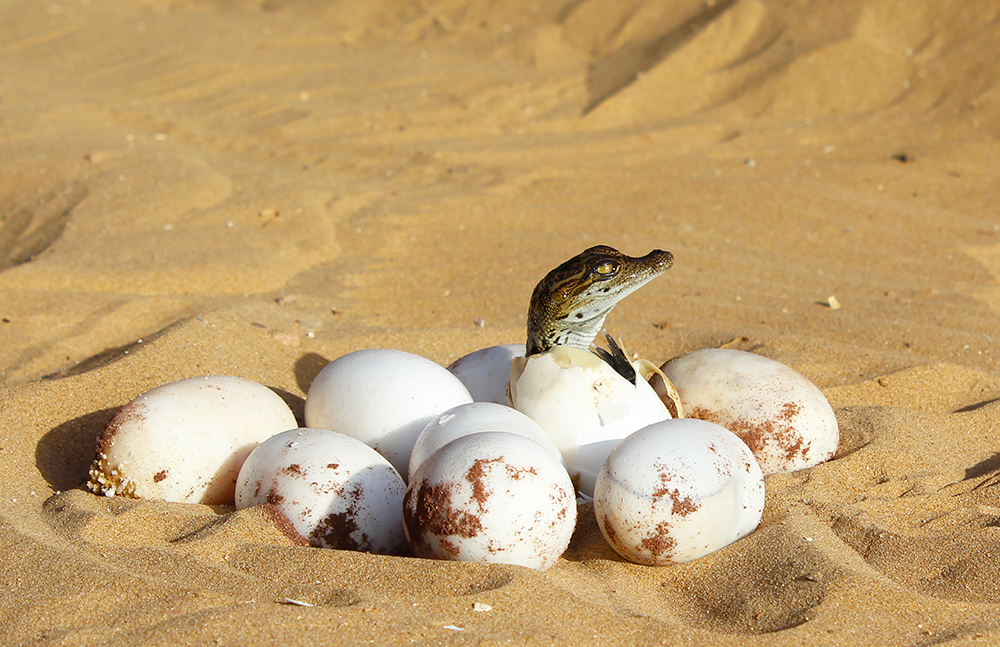
Far from being silent creatures, crocodiles utilize a complex system of vocalizations, body postures, and tactile signals to communicate with one another. Scientists have identified at least twenty distinct vocalizations in crocodilians, ranging from the famous bellowing roars of adults to more subtle hisses, grunts, and even infrasonic vibrations below human hearing.
Baby crocodiles begin communicating while still in their eggs, making distinct sounds to signal hatching time to their mothers and siblings. Adult crocodiles use head-slapping displays and body postures to establish dominance hierarchies and territorial boundaries. These sophisticated communication systems allow crocodiles to coordinate group activities, establish social hierarchies, and maintain family bonds—all requiring significant cognitive processing and social intelligence previously underestimated in these reptiles.
Remarkable Learning and Memory Capabilities

Crocodiles possess exceptional learning abilities and long-term memory that rival those of many mammals. In captivity, they quickly learn to associate specific sounds or signals with feeding times, demonstrating classical conditioning capabilities. More impressively, crocodiles can remember specific individuals, both crocodilian and human, for years or even decades.
There are documented cases of crocodiles recognizing handlers after separations of over ten years, responding differently to familiar versus unfamiliar humans. Wild crocodiles learn and remember migration routes to nesting grounds and feeding areas, sometimes navigating complex waterways over distances of more than 30 miles. This spatial memory and individual recognition capacity require sophisticated neural processing that challenges traditional views of reptilian brain limitations.
Play Behavior and Object Manipulation
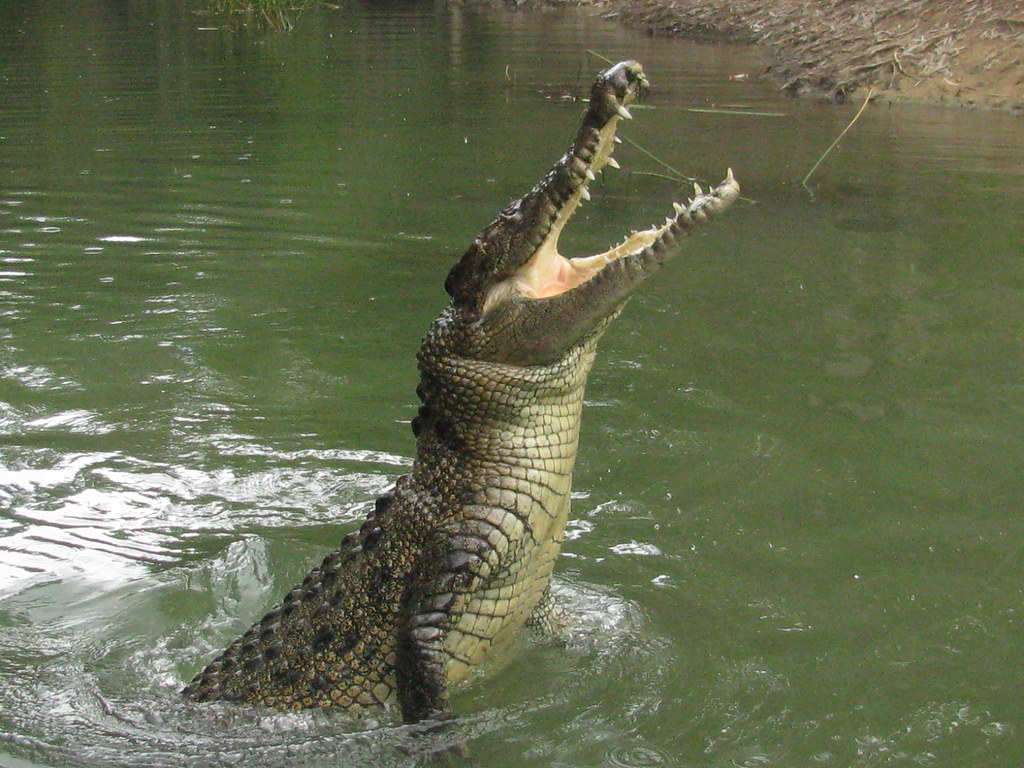
Once considered exclusive to mammals and certain birds, play behavior has now been documented in several crocodilian species, suggesting cognitive complexity previously unrecognized. Captive crocodiles have been observed engaging with various objects in their environment in ways that serve no immediate survival function, such as repeatedly pushing floating balls underwater or carrying them on their backs.
Young crocodiles engage in play-fighting and chasing behaviors similar to those seen in mammalian predators. Some individuals even engage in water play, sliding down riverbanks or swimming through cascading water repeatedly. The presence of play behavior is particularly significant as it indicates the capacity for exploration, learning, and possibly even enjoyment—cognitive traits that suggest a much richer mental life than previously attributed to these ancient reptiles.
Strategic Hunting Adaptations
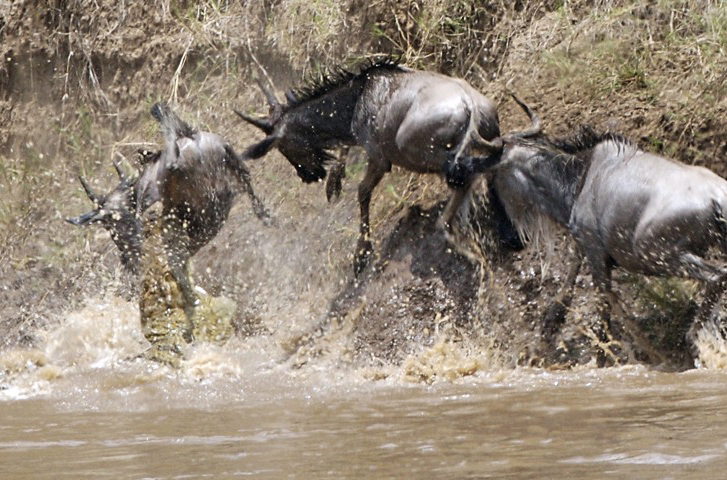
Crocodiles demonstrate remarkable behavioral flexibility in their hunting strategies, adapting their techniques based on prey type, environmental conditions, and previous experiences. In some regions, crocodiles have learned to time their hunting activities with seasonal events, such as wildebeest migrations or turtle nesting seasons. Some crocodiles have been observed creating ambush traps by positioning themselves near paths that animals regularly use to access water.
Particularly noteworthy is their ability to learn from failed hunting attempts, adjusting their strategies accordingly for future hunts. This capacity for behavioral adaptation based on experience and environmental assessment demonstrates a level of cognitive flexibility that allows crocodiles to succeed as apex predators despite changing conditions and prey availability.
Social Learning and Cultural Transmission

Perhaps most surprising is emerging evidence that crocodiles may be capable of social learning—acquiring new behaviors by observing others rather than through trial and error. Young crocodiles have been observed closely watching adult hunting techniques before attempting similar strategies themselves. In areas with heavy boat traffic, researchers have documented the spread of boat-following behavior among crocodile populations, suggesting cultural transmission of this learned behavior.
Some populations have developed unique hunting strategies specific to their local environments that appear to be passed down through generations. This capacity for cultural transmission of behaviors challenges our understanding of reptilian cognition and suggests social learning mechanisms previously thought limited to more “advanced” vertebrates like mammals and birds.
Conclusion: Redefining Reptilian Intelligence

The mounting evidence of sophisticated behaviors in crocodilians challenges our traditional understanding of reptilian cognitive capabilities. These ancient predators, often dismissed as primitive or unintelligent, demonstrate complex social behaviors, tool use, learning abilities, and behavioral flexibility that rival those of many mammals.
Their remarkable success as a lineage—having survived relatively unchanged for over 200 million years—may be partially attributed to these previously underestimated cognitive abilities. As research continues to unveil the hidden complexities of crocodilian behavior and cognition, we’re forced to reconsider our hierarchical view of animal intelligence and recognize that different evolutionary paths can lead to sophisticated problem-solving abilities. Far from being primitive living fossils, crocodiles represent a highly successful form of intelligence uniquely adapted to their ecological niche—one that deserves both our respect and continued scientific exploration.


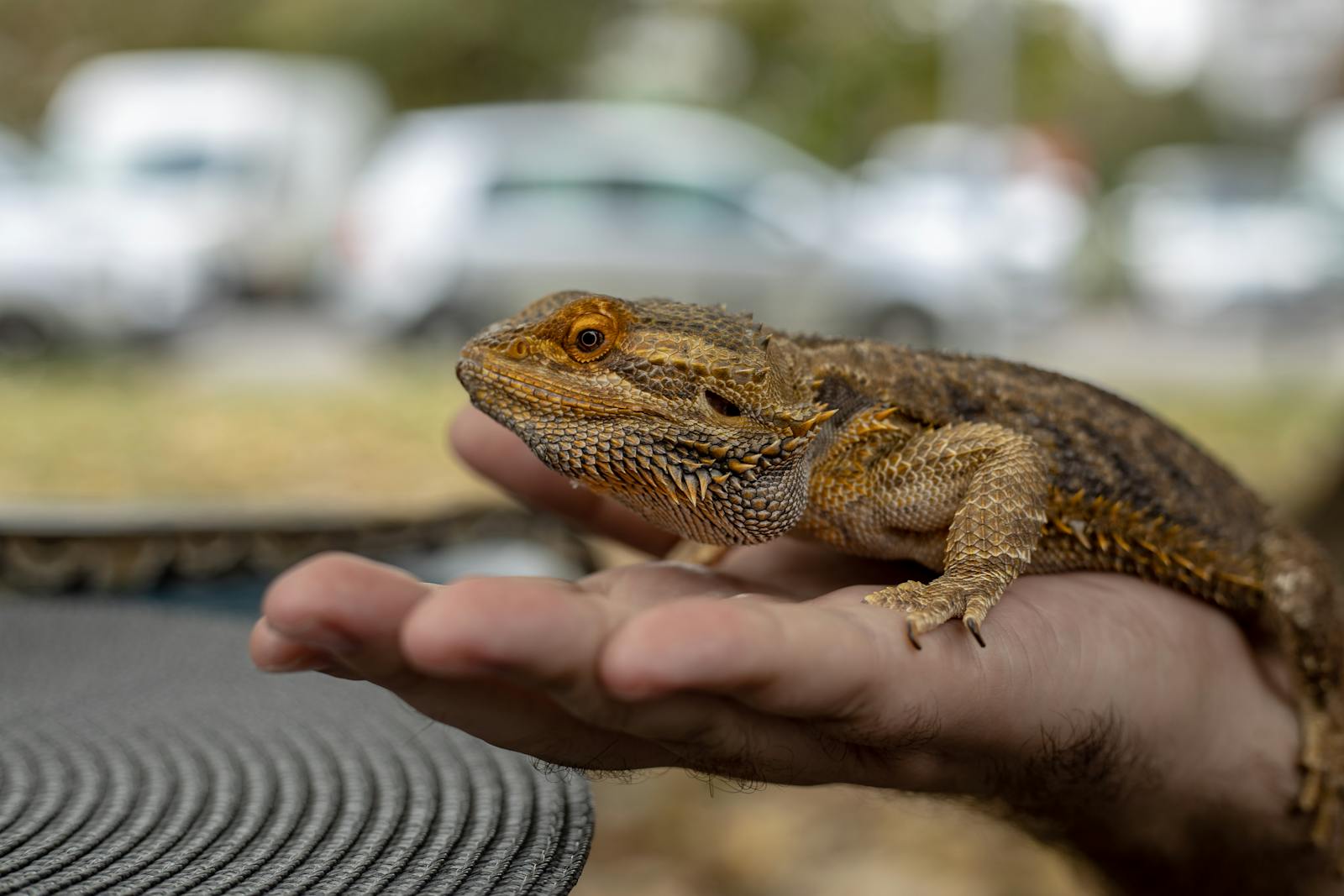
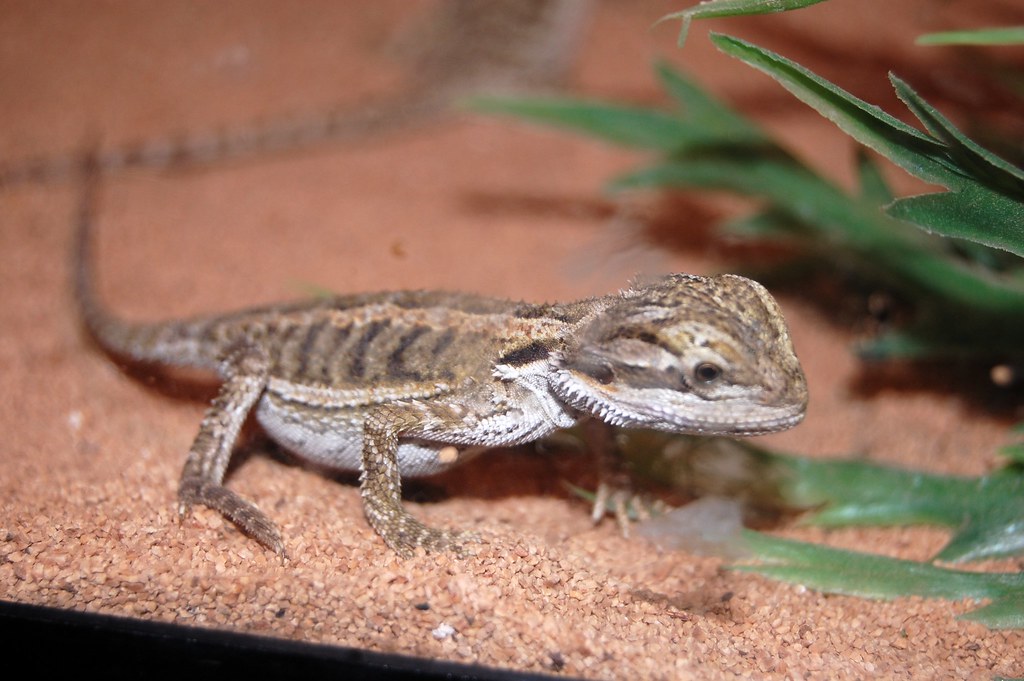
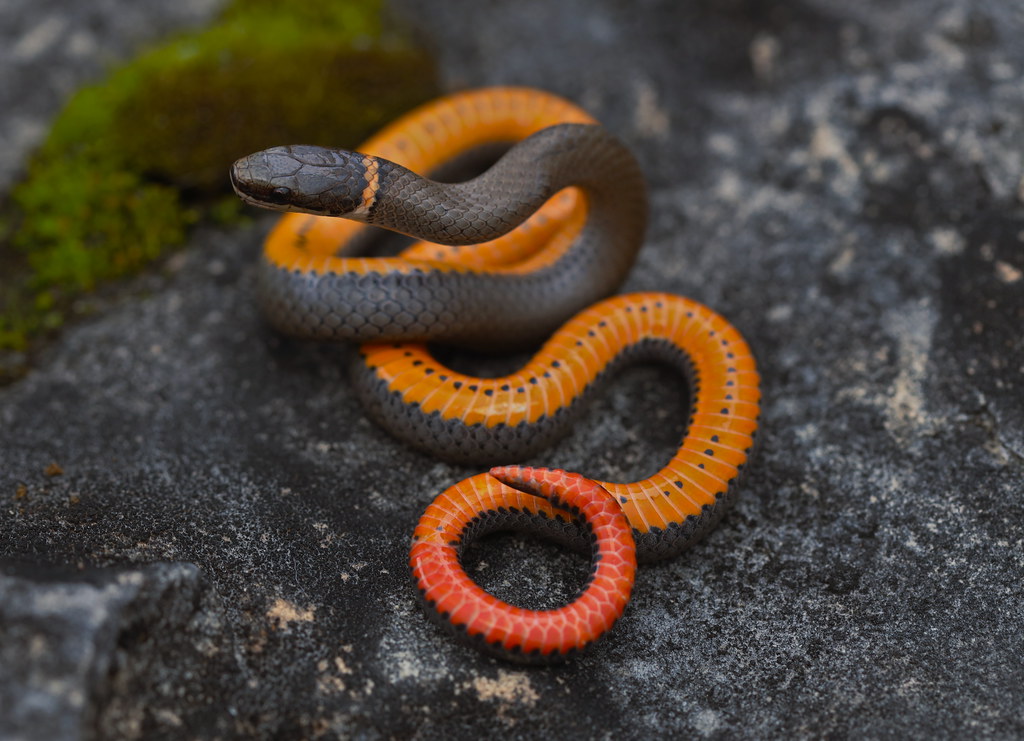
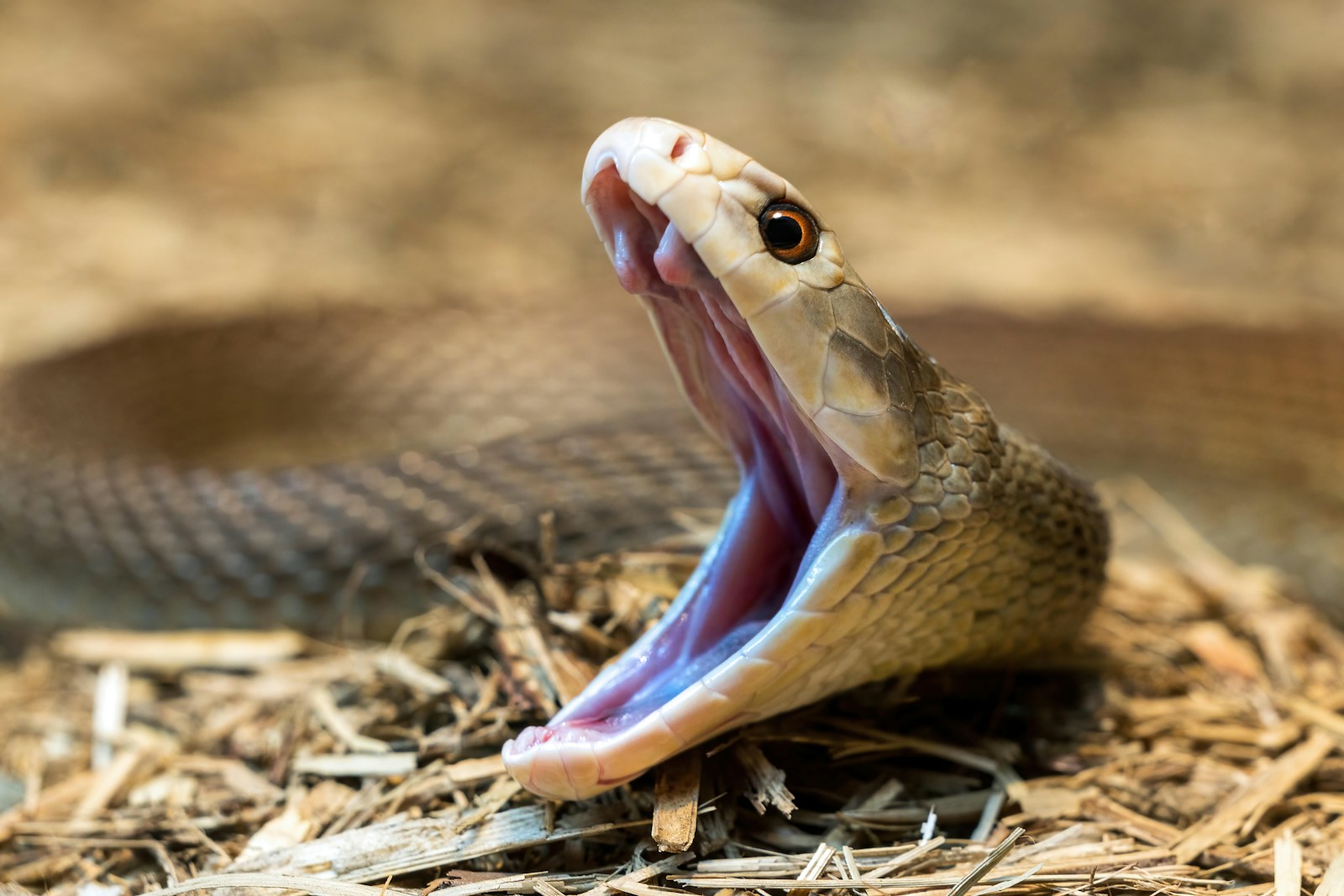
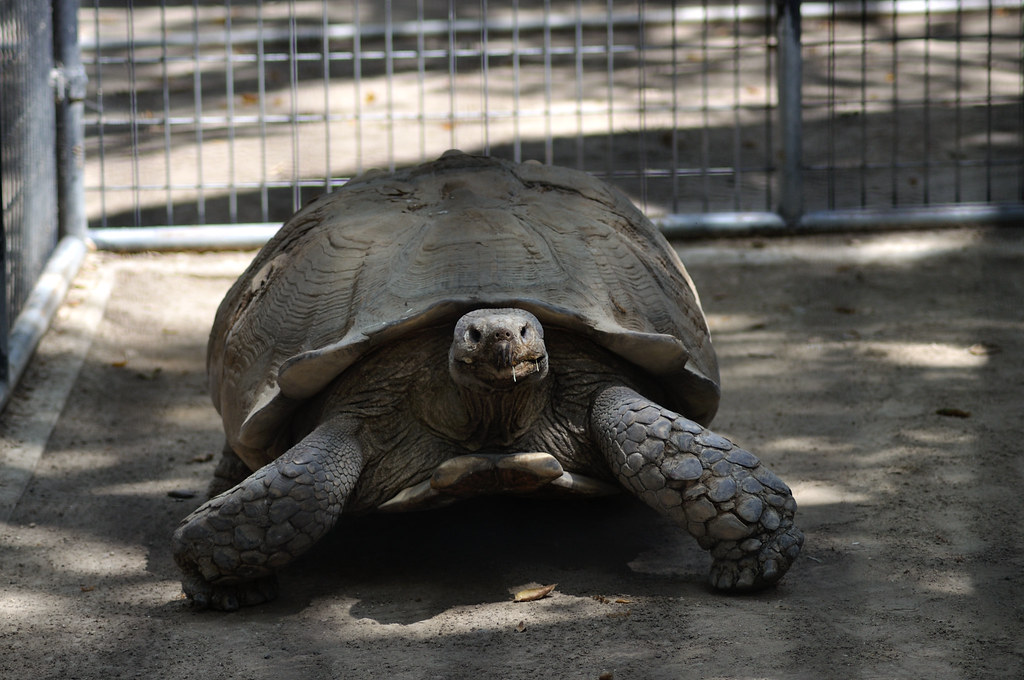
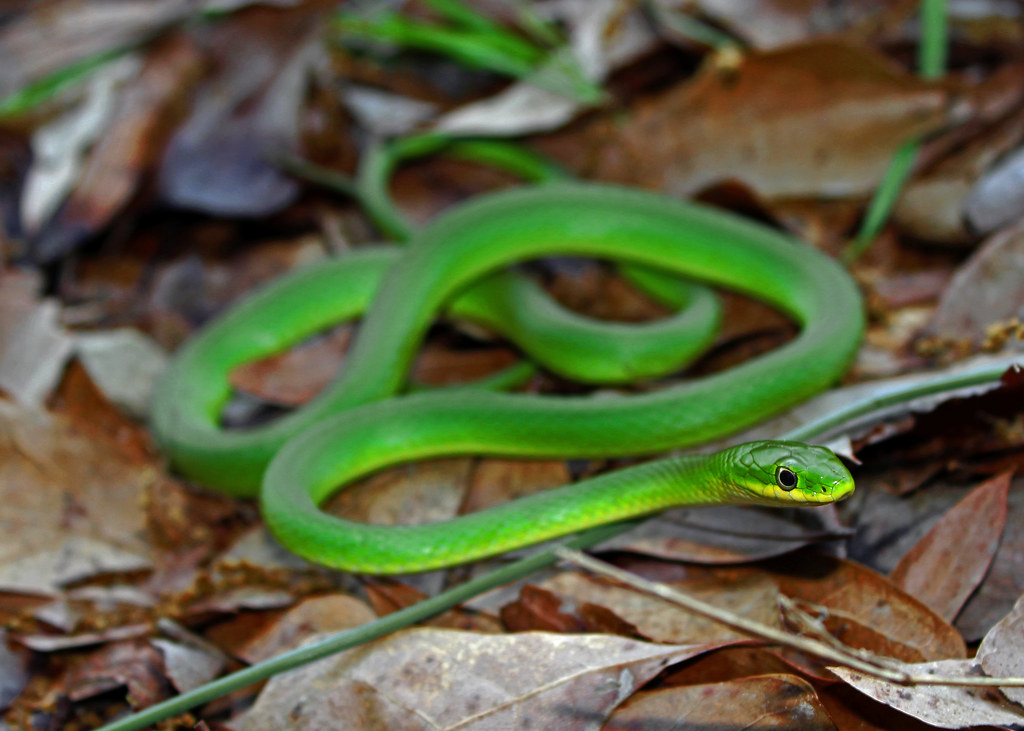
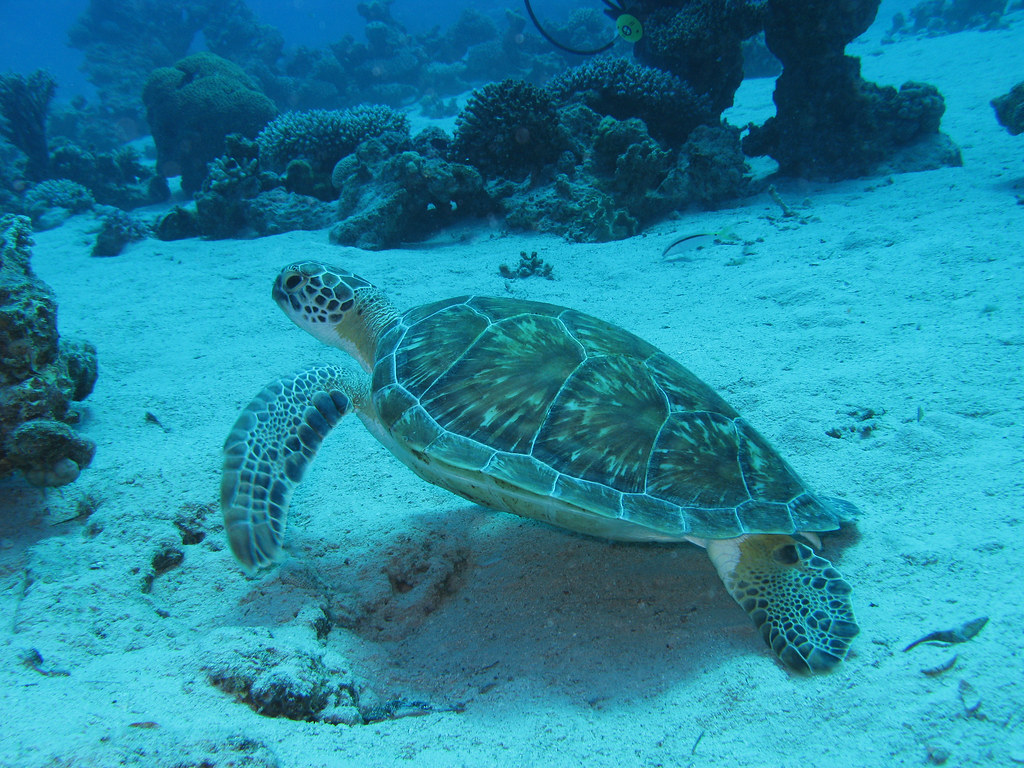

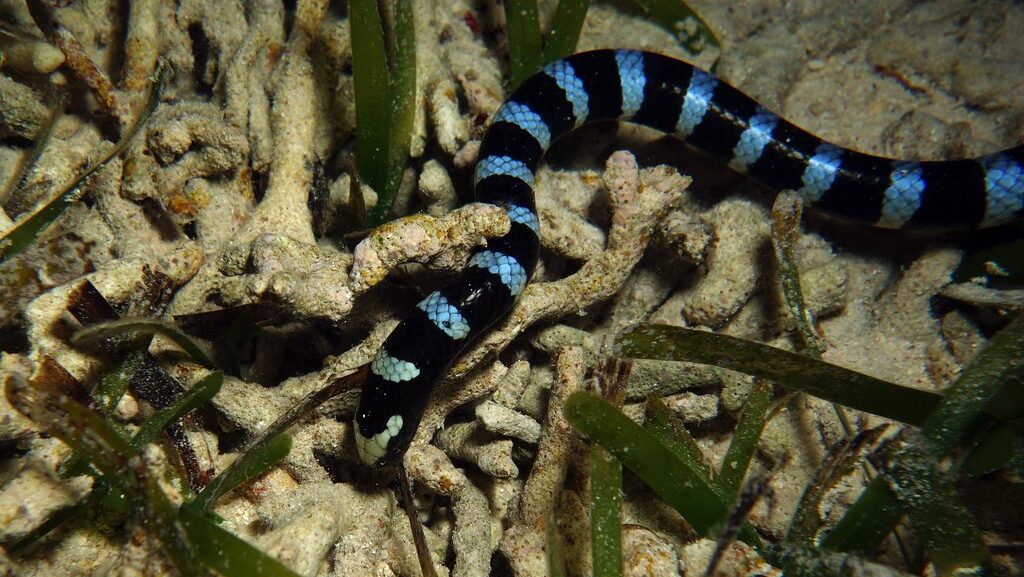



Leave a Reply